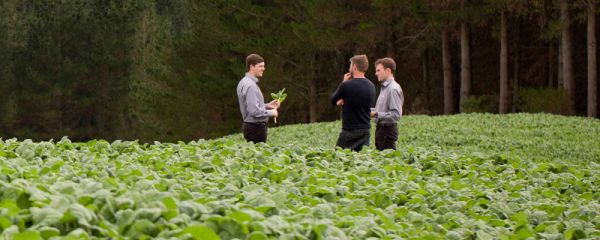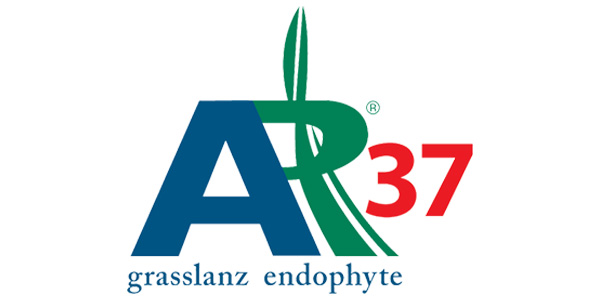
LUCERNE ESTABLISHMENT
LUCERNE ESTABLISHMENT
Key Considerations
It is critical to the performance and persistence of the stand to ensure that weeds are removed from the paddock before planting lucerne. Some rhizomatous weeds (e.g. couch, Californian thistle, yarrow) will take several sprays to remove. All perennial and annual weeds should be prevented from seeding for 1-2 years, be encouraged to germinate and be sprayed before planting the lucerne crop. Avoid using herbicides during the cropping programme that may have a residual effect on lucerne.
Soil pH is critical to the performance of lucerne and should be 6.5 in a 15 cm sample at the time of sowing. Soil should be tested as soon as the preparation programme begins and lime applied at least six months before planting if worked into soil with this increasing to 12 months for no-tillage. It is common that high applications of agricultural lime are needed, for example 3.5 tonnes per hectare if the starting pH is 5.7. Soils with very acidic subsoil should be avoided.
Understanding your fertility status early on is critical. Learn more about soil structure and fertility here.
The seedbed should be fine and firm and free of clods and turf. Pre-sowing herbicides (e.g. trifluralin) are commonly used to reduce weed establishment. Trifluralin should be applied to a fine seedbed and immediately incorporated with power, or fine harrows. Seed can be sown immediately after incorporation when conditions are suitable for a fast germination, or up to 14 days later in cold, wet conditions.
The seed should be sown about 5-15 mm deep at a rate of 12-14 kg/ha (Superstrike®), with higher rates of 20 kg/ha commonly used in moist North Island regions. All lucerne seed needs to be inoculated with viable rhizobia before planting. This can be attained by ordering Superstrike or Prillcote® seed (check that the “use-by date” has not passed), or by buying bare seed and inoculating on the farm the evening before planting.
Phosphorous is a vital element for lucerne so superphosphate should be applied at sowing, but not in direct contact with seed, at rates determined by the soil test result. Potassium is also a key element that should be applied after establishment as it can affect germination. Molybdenum is important for nitrogen fixation in lucerne, so can be added to fertiliser if pH is lower than ideal at the time of planting. Boron deficiency in the soil will also restrict the performance of lucerne. Specialist lucerne fertilisers are available, which contain trace elements required by the species.
Weeds should be controlled before establishing lucerne (cropping phase, pre-emergent herbicides). However, if they appear during establishment, control with herbicides registered for use on the crop which are effective on the weeds present. Weed control needs to be good throughout the first season because they can severely reduce the long-term production of the crop. More than one herbicide may be needed if there are several germinations of weed seed.
Fathen that is not sprayed, is very competitive against lucerne in the first summer. If control of fathen is missed, graze the crop once it is 15 cm in height and then mulch the fathen at a height setting above the lucerne crowns.
Spring sowing is ideal for lucerne as the soil temperature is increasing, allowing for fast establishment. Early autumn (February) sowing can be done if the summer is very hot and dry. This will give the plants time to establish before the following summer. A summer fallow is recommended to conserve soil moisture. Weed control is crucial if sown in autumn and grass grub may also be a problem.
It is very important to treat the lucerne stand with care in the first year. For the first harvest, cutting is recommended after 50% of plants have an open flower; if grazing, remove herbage quickly at high stocking rates. This is an important phase in encouraging root and shoot development.

Our Legume range
VIEW PRODUCTS




